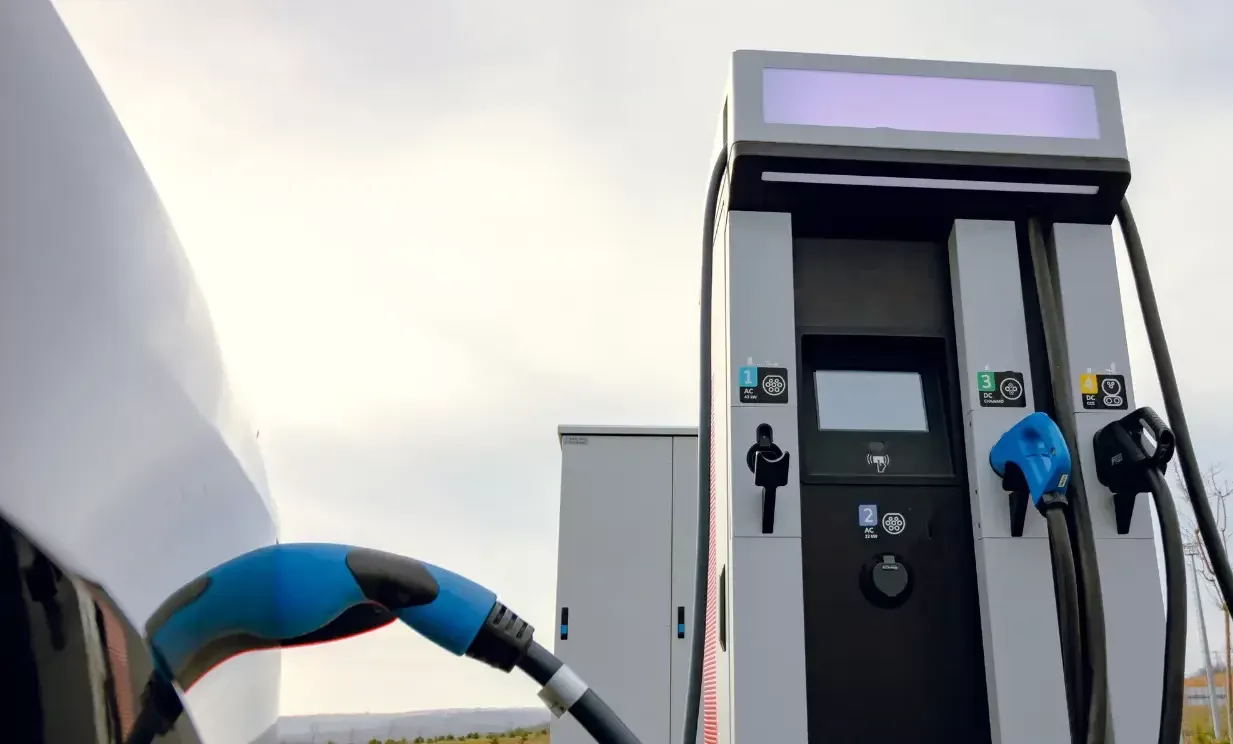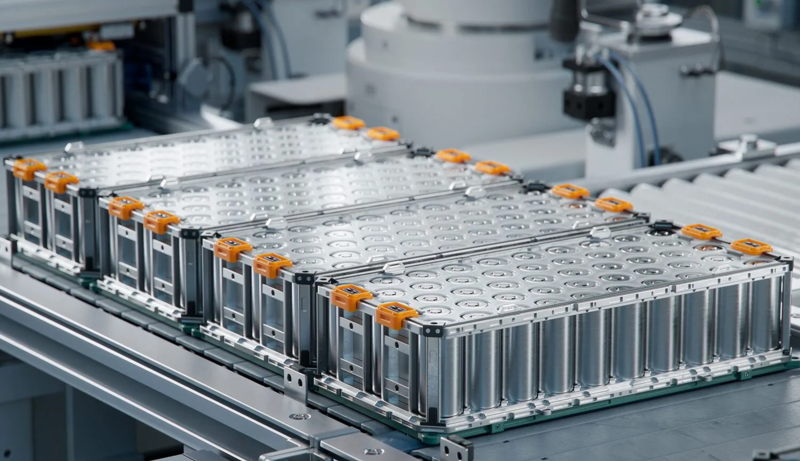Electric vehicles (EVs) are rapidly becoming a significant part of the automotive landscape, with their adoption driven by advancements in technology and growing environmental concerns. A key factor influencing the convenience of EV ownership is the charging infrastructure, particularly the speed at which these vehicles can be charged. Fast charging, in particular, has become a focal point of discussion. But does this fast-charging capability impact the lifespan of EV batteries? This article delves into the mechanisms of fast charging, its effects on battery longevity, and provides practical tips for maximizing battery life.

Understanding the impact of fast EV charging on battery lifespan begins with grasping the different levels of charging available for EVs.
Level 1 charging is the most basic form of charging and uses a standard household 120V outlet. It provides a slow but steady charge to the EV battery. While this method is convenient for overnight charging, it is not suitable for rapid refueling needs due to its slow rate.
Level 2 charging uses a 240V outlet, commonly found in home charging stations and public charging points. It offers a significantly faster charging rate than Level 1, typically adding about 10 to 60 miles of range per hour. This method balances convenience and efficiency for daily use.
Level 3 charging, also known as DC Fast Charging, is the quickest method available and is designed for rapid recharging. It operates on a direct current (DC) rather than alternating current (AC) and can deliver up to 350 kW of power, enabling an EV to charge up to 80% in as little as 20 to 30 minutes. This rapid recharge capability is essential for long-distance travel and quick turnarounds.
Fast charging works by delivering high levels of power directly to the EV's battery. Unlike Level 1 and Level 2 chargers, which use AC power and require the vehicle’s onboard charger to convert it to DC, Level 3 chargers supply DC power directly. This bypasses the onboard charger and can lead to much faster charging times.
The process involves complex cooling systems to manage the high levels of current and ensure that the battery does not overheat. The battery management system (BMS) within the EV monitors various factors, including temperature and charge levels, to protect the battery and ensure efficient charging.
While fast charging offers undeniable convenience, it can impact battery longevity in several ways:
Fast charging generates more heat compared to slower charging methods. Excessive heat can accelerate battery degradation, leading to reduced battery life over time. Modern EVs are equipped with sophisticated cooling systems to mitigate this risk, but consistent exposure to high temperatures can still have long-term effects.
Rapid charging can stress the battery’s internal chemistry. High charge rates can increase the rate at which chemical reactions occur within the battery, potentially leading to faster wear and tear.
Each charging cycle, whether fast or slow, impacts the battery’s overall lifespan. Frequent use of fast charging can lead to more significant wear on the battery, reducing its total number of charge-discharge cycles before its capacity diminishes.
The BMS helps manage the battery’s health and longevity by adjusting charging rates based on temperature and charge levels. Although it can help mitigate some adverse effects, it cannot completely eliminate them.
To make the most of your EV battery and prolong its lifespan while utilizing rapid charging, consider these tips:
Use fast charging when necessary, such as during long trips or when you're in a hurry. For regular use, rely on Level 2 charging to minimize battery stress.
Pay attention to your EV’s temperature indicators. Avoid fast charging if the battery temperature is excessively high, as this can exacerbate degradation.
Aim to charge your battery to around 80% for regular use and avoid letting it drop below 20%. Extreme charge levels can strain the battery more.
Many EVs come with smart charging features that allow you to schedule charging times and manage battery health. Take advantage of these features to optimize your charging routine.
Park in shaded areas or use thermal management features when available to help keep your battery cool during and after charging.

Fast charging has revolutionized the convenience of electric vehicle ownership, making long-distance travel and quick turnarounds much easier. However, it is essential to be aware of its potential impact on battery lifespan. By understanding the mechanics of fast charging and implementing strategies to manage battery health, EV owners can enjoy the benefits of rapid refueling while minimizing long-term wear on their batteries. As technology continues to advance, ongoing improvements in battery management and cooling systems will further enhance the balance between charging speed and battery longevity.
